Brakes are the unsung heroes of every journey—quietly ensuring our safety as we navigate bustling streets, winding roads, and unexpected stops. Yet, their importance is often overlooked until a sudden squeal or a longer stopping distance demands our attention. Understanding how to maintain and care for your brakes isn’t just about preserving a part of your vehicle; it’s about safeguarding lives—yours and those around you. In this article, we delve into essential tips for brake maintenance and safety, empowering you to keep your ride smooth, responsive, and above all, secure. Whether you’re a seasoned driver or new to the road, these insights will help you brake with confidence every time.
Table of Contents
- Understanding the Fundamentals of Brake Systems
- Recognizing Early Signs of Brake Wear and Damage
- Choosing the Right Brake Pads and Components for Your Vehicle
- Step-by-Step Guide to Routine Brake Inspections
- Effective Techniques for Brake Fluid Maintenance
- Safety Practices for Emergency Brake Situations
- Q&A
- To Conclude
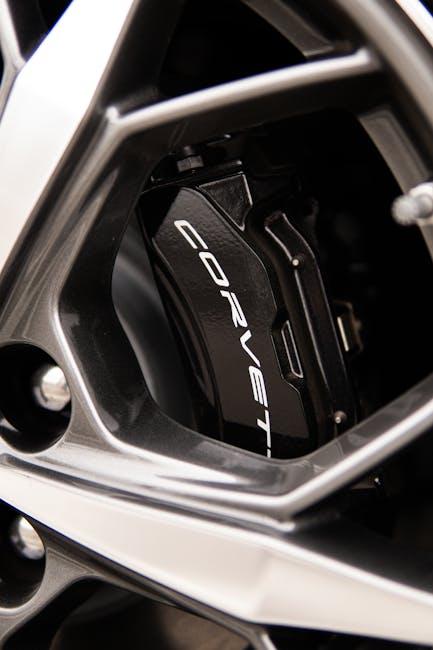
Understanding the Fundamentals of Brake Systems
Brakes are a vehicle’s primary defense against danger, relying on a harmonious interaction between several components to work effectively. At the heart of most systems are brake pads that press against a spinning rotor to create friction, slowing the wheels down. Meanwhile, the calipers serve as the clamping mechanism, pushing those pads into action every time you step on the pedal. The hydraulic fluid inside the brake lines ensures this process is smooth and responsive, transmitting the force created by your foot to the brakes themselves without any delay.
It’s not just mechanical parts working in isolation; the vehicle’s brake system is an integrated network where each element depends on the others to guarantee driving safety. Common systems include disc brakes, drum brakes, and anti-lock braking systems (ABS), each with their unique strengths. For a quick glance, here’s a simple overview of these types:
| Brake Type | Primary Feature | Ideal Use |
|---|---|---|
| Disc Brakes | Efficient heat dissipation | High-performance and everyday vehicles |
| Drum Brakes | Cost-effective, simple design | Older or budget cars, rear wheels |
| ABS | Prevents wheel lock-up | Enhanced safety in slippery conditions |
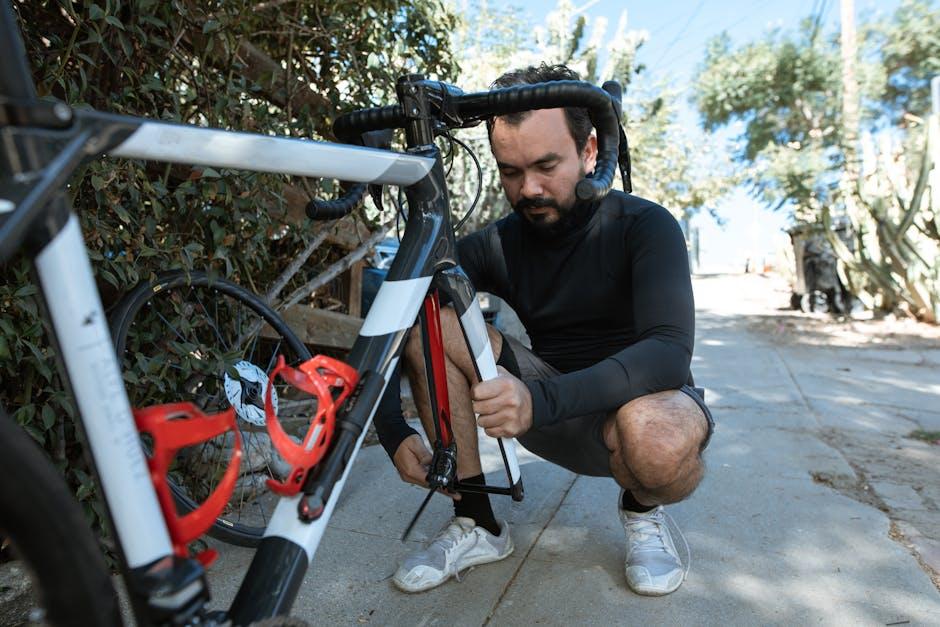
Recognizing Early Signs of Brake Wear and Damage
Understanding when your brakes need attention can save both money and lives. One of the most telling indicators is a persistent squealing or grinding noise when applying the brakes. This often signals worn brake pads or even exposed rotors. Additionally, if you notice your vehicle pulling to one side during braking, it could point to uneven wear or a more serious issue with the brake calipers. Pay close attention to any unusual smells, such as a strong, burning odor, which may suggest overheating components that require immediate inspection.
Visual cues can also provide valuable clues. Regularly check your tires for uneven tread wear patterns which might reflect brake imbalance. To help you identify potential problems quickly, here’s a straightforward guide to common symptoms and their likely causes:
| Symptom | Possible Cause | Recommended Action |
|---|---|---|
| Squealing sound | Worn brake pads | Replace brake pads soon |
| Grinding noise | Metal-on-metal contact | Immediate brake inspection |
| Brake pedal feels soft | Air in brake lines or fluid leak | Bleed brake system/check fluid |
| Vehicle pulls left or right | Uneven brake pad wear | Caliper service or pad replacement |
| Burning smell after braking | Overheated brakes | Allow cool down; professional check |
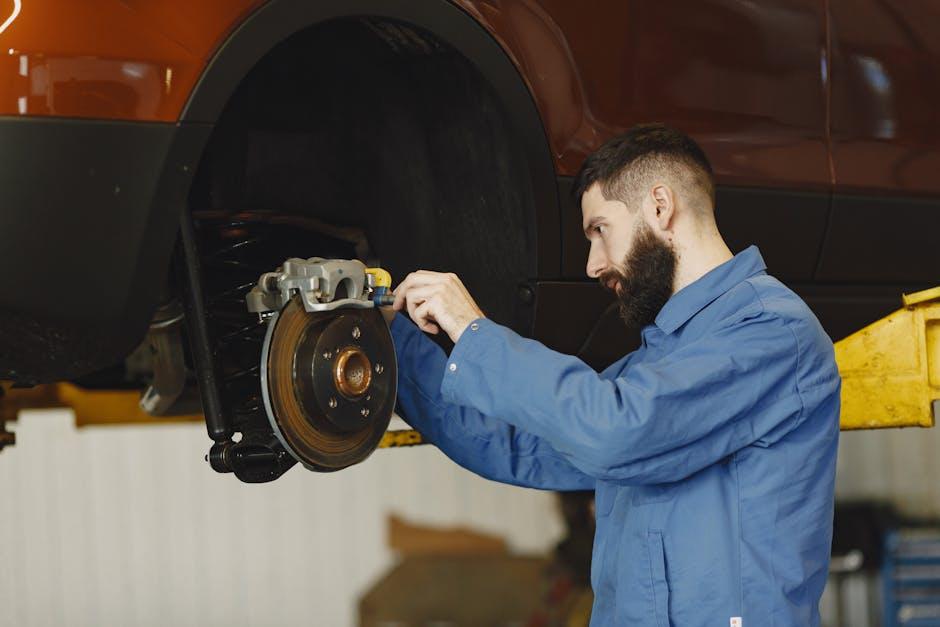
Choosing the Right Brake Pads and Components for Your Vehicle
Selecting the ideal brake pads and components for your vehicle demands careful consideration of various factors including driving habits, vehicle type, and performance needs. Not all brake pads are created equal; options range from ceramic and organic to semi-metallic materials, each offering distinct benefits. For instance, ceramic pads provide quieter braking and produce less dust, making them ideal for daily commuters, whereas semi-metallic pads excel in heat resistance and durability, perfect for heavy-duty or spirited driving scenarios. Understanding these differences can help you match brake components to your specific driving conditions for enhanced safety and longevity.
Additionally, it’s crucial to pair your brake pads with compatible rotors and hardware. Mismatched components can lead to uneven wear, reduced braking efficiency, and increased repair costs. Consider these essential tips:
- Check manufacturer specifications: Always use brake parts designed explicitly for your vehicle’s make and model.
- Prioritize quality: High-quality components may have a higher upfront cost but save money in the long run by preventing premature wear.
- Don’t overlook installation: Professional fitting ensures optimal performance and safety.
| Brake Pad Type | Advantages | Recommended For |
|---|---|---|
| Ceramic | Quiet, low dust, long-lasting | Everyday city driving |
| Semi-Metallic | High heat tolerance, durable | Performance and heavy-duty use |
| Organic | Affordable, gentle on rotors | Light vehicles, low-speed driving |

Step-by-Step Guide to Routine Brake Inspections
Begin by securing your vehicle on a flat surface and ensuring the parking brake is engaged. Wear protective gloves and gather necessary tools like a jack, lug wrench, and flashlight. Start with a visual check:
- Inspect brake pads for thickness – they should be at least 3mm.
- Look for any cracks or grooves on the brake rotors.
- Check brake lines for leaks or corrosion.
- Listen for unusual sounds when the brake pedal is pressed.
Next, test the brake pedal’s responsiveness. Press it firmly and observe if it feels spongy or sinks too low, which could indicate air in the system or fluid issues. Finally, review brake fluid levels and condition; if it appears dark or contaminated, it’s time for a change. Regular inspections can save you money and improve safety dramatically.
| Inspection Step | What to Look For | Action if Issue Found |
|---|---|---|
| Brake Pads | Thickness less than 3mm | Replace immediately |
| Rotors | Cracks or deep grooves | Resurface or replace |
| Brake Fluid | Low level or dark color | Flush and refill |
| Brake Lines | Leaks or corrosion | Repair or replace lines |
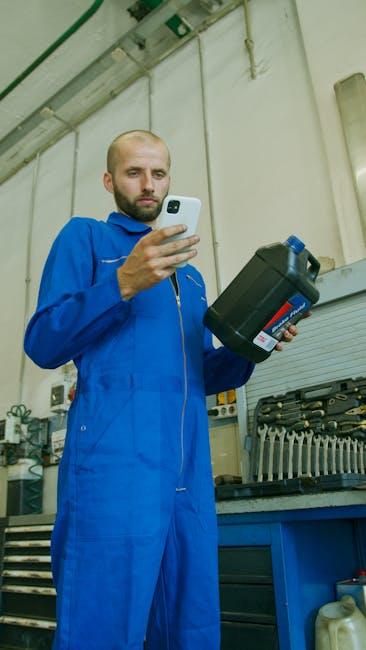
Effective Techniques for Brake Fluid Maintenance
Maintaining brake fluid is crucial not only for the longevity of your braking system but also for your overall safety on the road. Over time, brake fluid can absorb moisture from the environment, which significantly reduces its boiling point and compromises braking performance. To prevent this, it’s essential to regularly check the fluid level and ensure it remains within the recommended range. Additionally, always use brake fluid that meets your vehicle manufacturer’s specifications, as using incompatible types can cause corrosion or system failure.
Implementing a routine brake fluid maintenance schedule can greatly enhance your vehicle’s responsiveness. Here are a few techniques to keep in mind:
- Bleeding the brake system: Remove trapped air to ensure consistent pedal feel and optimal hydraulic pressure.
- Fluid replacement intervals: Most experts recommend replacing brake fluid every 2 years or 24,000 miles, but be sure to check your owner’s manual.
- Visual inspection: Look for discoloration or contamination in the fluid—it should be clear or slightly yellow, not dark or murky.
| Common Brake Fluid Types | Boiling Point (Dry) | Boiling Point (Wet) |
|---|---|---|
| DOT 3 | 205°C (401°F) | 140°C (284°F) |
| DOT 4 | 230°C (446°F) | 155°C (311°F) |
| DOT 5 (Silicone-based) | 260°C (500°F) | Not applicable |
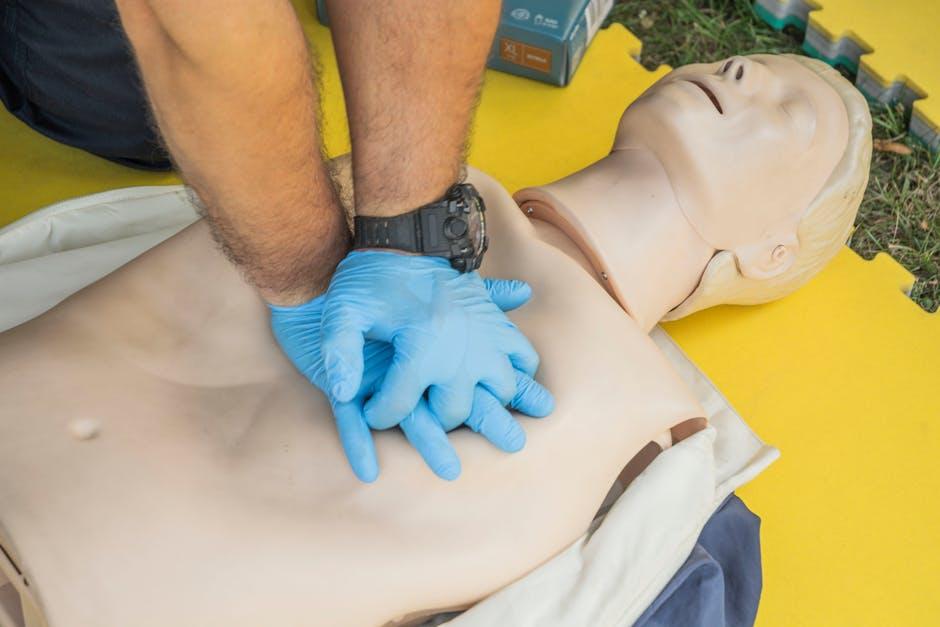
Safety Practices for Emergency Brake Situations
When faced with a sudden stop, keeping control during an emergency braking scenario is crucial. First and foremost, avoid slamming the brake pedal, as abrupt pressure can lead to skidding or loss of control. Instead, apply steady, firm pressure to allow the Anti-lock Braking System (ABS) to kick in, helping you maintain steering control. Remember to keep your eyes focused on the road ahead and steer around obstacles if possible, rather than simply stopping in a straight line.
Proper preparedness also involves understanding how your vehicle responds under emergency conditions. Different brake systems react uniquely, and knowing this can make the difference between a close call and a collision. Here are some quick tips to help you stay safe:
- Maintain a safe following distance to give yourself more reaction time.
- Check tire tread regularly because worn tires reduce braking effectiveness.
- Practice smooth braking during daily drives to build muscle memory.
- Be aware of road conditions like wet or icy surfaces.
| Emergency Brake Response | Recommended Action |
|---|---|
| ABS Activated | Press firmly; don’t pump brakes |
| No ABS | Pump brakes gently to avoid lockup |
| Slippery Surface | Use controlled, gentle pressure |
| Brake Fade | Pump brakes and downshift if possible |
Q&A
Q&A: Top Tips for Brake Maintenance and Safety
Q1: Why is regular brake maintenance essential?
A1: Your brakes are the most critical safety feature on your vehicle. Regular maintenance ensures they function properly, preventing accidents and costly repairs. Well-maintained brakes provide reliable stopping power and peace of mind on the road.
Q2: How often should I have my brakes inspected?
A2: It’s best to have your brakes inspected every 10,000 to 15,000 miles or at least once a year. However, if you notice unusual noises, vibrations, or reduced braking performance, get them checked immediately.
Q3: What are the common signs that my brakes need attention?
A3: Listen for squealing or grinding sounds, observe if the brake pedal feels spongy or requires more pressure, and watch for longer stopping distances. Also, if the vehicle pulls to one side during braking, it’s a red flag.
Q4: Can I maintain my brakes myself?
A4: Basic brake maintenance, like checking brake fluid levels and listening for unusual sounds, can be done at home. However, tasks such as replacing brake pads or rotors are best performed by professionals to ensure safety and proper installation.
Q5: How does brake fluid affect brake performance?
A5: Brake fluid transfers the force from your foot to the brakes. Over time, it can absorb moisture, reducing effectiveness and causing corrosion. Changing brake fluid every 2 years helps maintain optimal braking power.
Q6: What impact does driving style have on brake longevity?
A6: Aggressive braking and speeding up brake wear dramatically. Smooth, gradual braking not only extends brake life but also enhances overall road safety and improves fuel efficiency.
Q7: Are there any seasonal precautions for brakes?
A7: Yes! Cold and wet conditions can affect brake performance. In winter, ensure brake components are free of ice and debris, and in rainy seasons, be mindful of reduced friction on slippery roads.
Q8: How do I choose the right brake pads for my vehicle?
A8: Consider your driving habits and vehicle type. Ceramic pads offer quiet, clean operation for everyday driving, while semi-metallic pads deliver robust performance for heavy-duty or sporty use. Consult your mechanic for personalized advice.
Q9: Is it safe to drive with worn brake pads?
A9: Driving with worn brake pads is risky. It can lead to metal-on-metal contact, damaging rotors and significantly increasing stopping distances. Replace worn pads promptly to ensure safety and avoid expensive repairs.
Q10: What should I do after brake repairs or replacements?
A10: After brake service, test your brakes in a safe area at low speeds to ensure everything feels right. Avoid heavy braking for the first few hundred miles to allow new components to bed in properly, ensuring peak performance.
To Conclude
In the grand journey of keeping your vehicle—and everyone on the road—safe, brake maintenance stands as a silent but steadfast guardian. By embracing these top tips, you’re not just preserving a vital mechanical system; you’re investing in peace of mind and the smooth rhythm of every drive. Remember, attentive care today paves the way for safer roads tomorrow. So, take a moment, check those brakes, and keep moving forward with confidence.

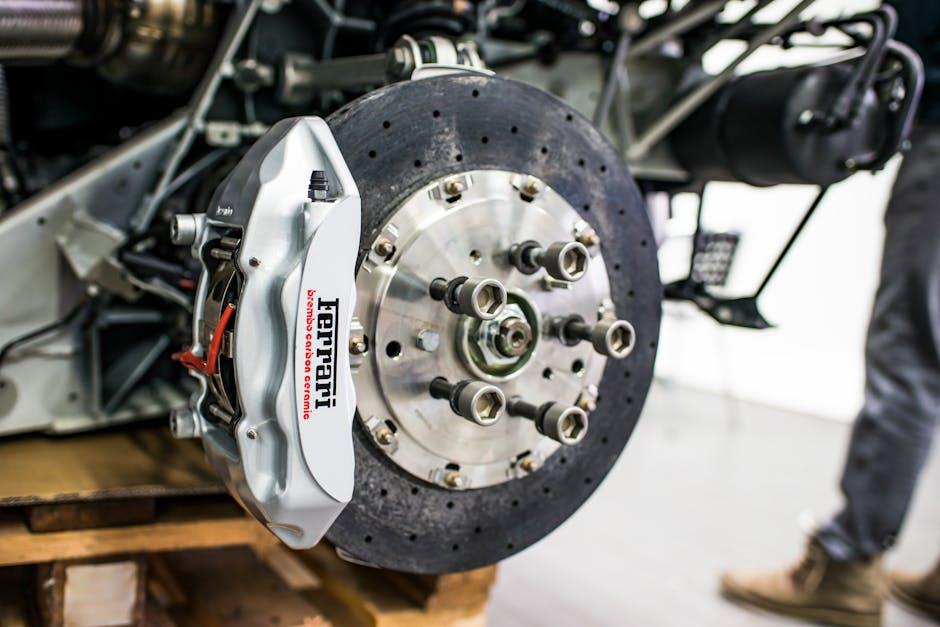
2 Comments
m6ujkw
m6ujkw